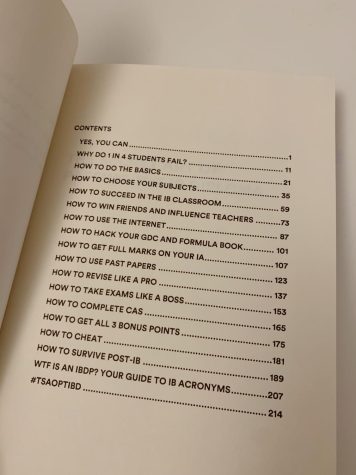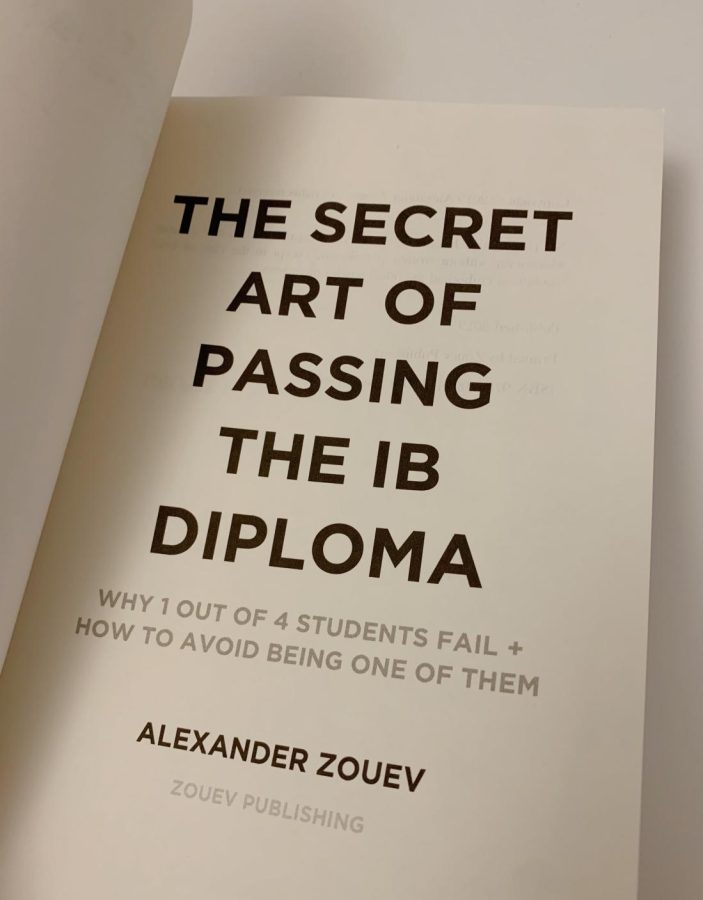The Secret Art of Passing the IB Diploma: Everything you need to know about IB
What does it take to do well in IB? Shanmathi reviews a book that claims to teach us, written by a former IB student.

What is the first thing that comes to mind when you think “IB”? Stress, deadlines, procrastination, all-nighters? By the time you finish this book, maybe your thoughts will have changed. Maybe.
The Secret Art of Passing the IB Diploma by Alexander Zouev is a 215-page guide to the IB Diploma programme. It was written by a former IB student who graduated in 2007 with 43 points and went on to study Economics and Management at the University of Oxford.
The book includes first-hand experiences, subject-specific tips, exam strategies, and all things IB-related. It is written in an informal style which makes it easy to get through despite being packed with content. I read this book over the summer before starting DP1 and found it extremely useful when selecting my subjects as well as gaining a basic understanding of how DP works. Before starting the DP, it’s important to have a clear idea of what you’re getting into. Online resources or individual accounts can sometimes give an incomplete picture, so getting this information in the form of a concise book is something I found extremely valuable. Additionally, hearing things from the perspective of a former student rather than a teacher or coordinator made it feel much more relevant and natural.
IB is certainly a very different high school curriculum from any other, which also means certain techniques and knowledge about how the program works are required to do well. This book teaches exactly this. There are a variety of chapters suited for IB students at any point in the programme: before IB, during year 1, year 2, and even advice for post-IB.
It is a comprehensive book with 215 pages, but reading it all in order isn’t necessary; certain chapters can be referred back to when needed. Upon my first read, I found that chapters covering topics such as IAs and exams weren’t particularly relevant at the time, though these will certainly be valuable to those in DP2.
It is worth noting that the IB constantly revises the programme with changes to the assessments and syllabus. The book does touch on more recent additions such as the AA and AI mathematics courses and the new TOK exhibition, but it doesn’t go too in-depth as it was published in 2019 when these were just starting out. Therefore, the book might not be perfectly suited to every part of the current Diploma Programme. Nonetheless, the general ideas and advice are applicable regardless.
The book can only be found online on Amazon, Adlibris, Bokus, and most other online bookshops. Overall, I would recommend this book to any current or prospective IB student. Perhaps the IB will seem less intimidating to those who haven’t yet started, and those who have already entered will definitely benefit from the ideas in this book.







